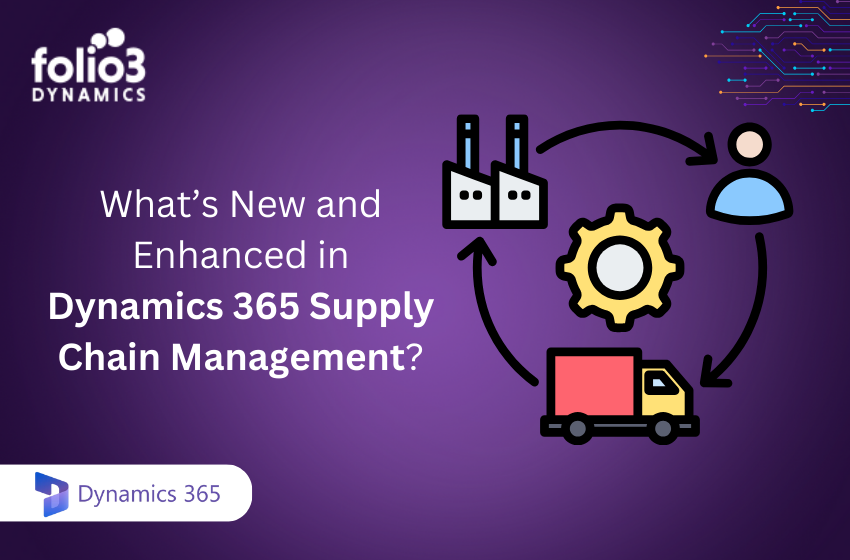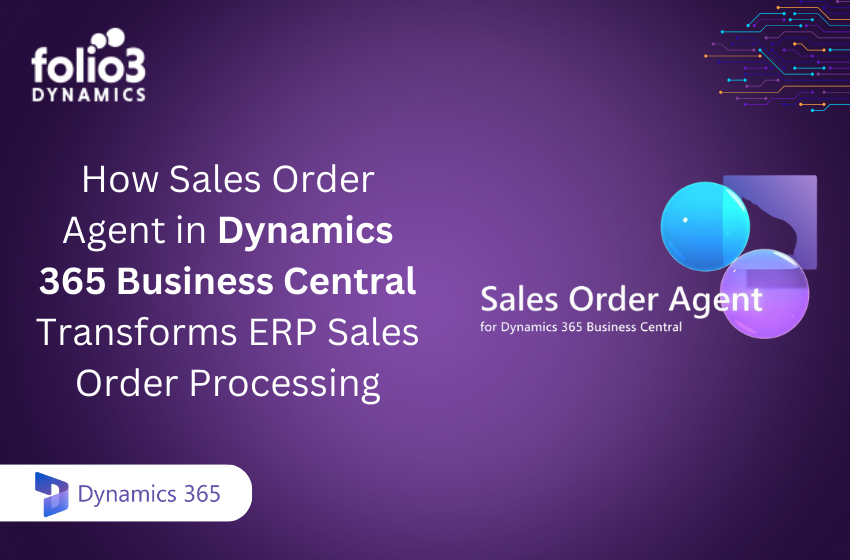In today’s highly data-centered and dynamic economy, businesses cannot function efficiently without successfully managing their data. However, data management is a highly daunting task. They need excellent data management systems to manage and operate the business with flexibility and scalability and focus on its core functions. Given the dire need for strong data management, it is vital to have a powerful central data hub such as Microsoft Dynamics 365 Business Central.
Migrating your business data to Microsoft Dynamics 365 Business Central is a crucial step forward that ensures your business operations run smoothly and efficiently. Business Central data migration is more than transferring data from one system to another. It consists of meticulous planning, careful execution, and exhaustive testing to ensure a smooth and fruitful transition.
Whether moving from an obsolete system or integrating multiple data sources, this guide will provide you with the valuable knowledge you need for a successful Business Central implementation.
Pre-Migration Planning
Before starting Business Central data migration, you need to establish a solid foundation through careful pre-migration planning. This process is crucial as it helps you understand the current state of your data and devise a clear Data Migration Strategy.
1. Assessing Current Systems
The first step in your data migration strategy is to analyze your current systems and data sources. Understanding your current data’s structure, quality, and volume will help you identify any possible data migration challenges beforehand. This will also enable you to decide which data is the top priority for migration and which can be archived or discarded.
2. Defining Migration Goals
In the next step, you need to establish clear migration targets. What do you aim to achieve with this migration? It might be improving data accuracy, enabling Business Central integration, boosting business performance, etc. The goals should be specific, measurable, achievable, relevant, and time-bound (SMART). The clarity of your goals will be the success criteria for your Business Central data migration.
3. Data Mapping
Data mapping for Business Central is an important component of pre-migration planning. During this process, fields from your previous system must be matched with their corresponding fields in Business Central. Precise data mapping guarantees accurate data transfer and proper functioning of your new system. Several data migration best practices are also applicable at this stage, assisting you in avoiding typical obstacles.
4. Resource Planning
Well-planned resources are the key to a successful data migration. This includes allocating roles within the team, choosing the best data migration tools, and setting aside a budget for the migration procedure. Ensuring that your team has the required tools and skills is important for the success of any data transfer, regardless of whether you’re employing internal resources or external consultants.
5. Risk Management
Just like any business move, data migration is associated with risks, but with proper risk management, you can reduce these challenges. Proactively identifying possible risks enables you to devise strategies to tackle them, whether it’s data loss, system downtime, or unexpected costs. A solid risk management plan will let you overcome these challenges and ensure a successful Business Central data migration.
6. Data Preparation
After developing a pre-migration plan, the next step is to prepare your data for migration. Data preparation is an essential process that ensures that the quality and integrity of your data is retained as it moves to Business Central.
7. Data Cleansing
Data Cleansing is the most important task in the data migration process. This involves removing duplicates, correcting errors, and eliminating outdated information from your data sets. Data cleansing techniques are important to guarantee that only accurate and relevant data is migrated to Business Central.
8. Data Standardization
Data standardization follows data cleansing. It consists of ensuring that all data adheres to a specific format and structure. This is very important for ERP data migration, as inconsistencies in data formats can cause errors during the migration process. By standardizing your data, you can ensure a smooth transition to Business Central.
9. Data Enrichment
Data enrichment is the process of enhancing your existing data with additional information. This may be adding missing data points, updating obsolete information, or adding new data useful in Business Central. Data enrichment helps enhance the quality of your data, making it more valuable in your new system.
10. Backup and Archiving
Before you initiate the migration, it’s a safe practice to back up and archive your existing data. This step secures your data and ensures that you have a safe option in case anything goes wrong during the migration. A detailed backup and archiving process is a key component of your data migration plan.
Choosing the Right Migration Approach
The right data migration strategy is vital for a successful Business Central data migration. The approach you choose will depend on your unique needs, resources, and the complexity of your data.
1. Big Bang vs. Incremental Migration
There are two basic ways of data migration: Big Bang and Incremental. The Big Bang approach involves migrating all your data at once, while the Incremental approach involves migrating data in phases. Each approach has its advantages and disadvantages. The Big Bang approach is faster but riskier, as any issues can affect the entire system. Incremental migration is slower but gives room for more testing and validation at each stage, reducing the risk of issues.
2. Manual vs. Automated Migration
Regarding actual data migration, you can select between manual and automated methods. Manual migration involves manually transferring data, which can be time-consuming and error-prone. On the other hand, automated migration uses data migration tools to simplify the process. Automated migration is generally faster and more accurate, making it the preferred option for most Business Central data migrations.
3. Cloud vs. On-Premise Migration
Another important decision is to either migrate to a cloud-based or on-premise Business Central. Cloud migration provides greater flexibility, scalability, and lower upfront costs, while on-premise migration provides more control and security. Your choice will depend on your business needs, current infrastructure, and long-term targets.
The Migration Process
Once your data is ready for migration and migration approach is decided, it’s time to start the migration process. This process involves several steps that ensure your data is accurately and securely transferred to Business Central.
Step-by-Step Guide
Here is a step-by-step guide to execute the data migration process steps.
1. Extraction
The initial step in the migration process is data extraction. This refers to pulling data from your source systems and preparing it for migration. Proper extraction is mandatory for retaining data integrity during the migration process.
2. Transformation
Once the data is extracted, it needs to be transformed to match Business Central’s requirements. This involves converting data formats, modifying field mappings, and ensuring the data is compatible with the new system. Data transformation is a fundamental step in your data migration strategy, as it guarantees that your data is ready for Business Central.
3. Loading
The final step in the migration process is data loading, during this process the transformed data is imported into Business Central. This step needs keen monitoring to ensure that all data is transferred correctly and that no data is lost or corrupted.
Testing and Validation
Since we are talking about data transformation and transfer here, testing and validation is a crucial element that cannot be overlooked.
1. Ensuring Data Accuracy and Completeness
To make sure your data migration is effective, testing and validation are vital. This involves matching and comparing the migrated data with the original data to ensure that it is accurate and complete. To identify any problems that could have occurred throughout the migration process, testing is a mandatory step.
2. User Acceptance Testing (UAT)
User acceptance testing (UAT) is another important task in the validation process. UAT is executed by having end-users test the new system to ensure that it meets their needs and functions as expected. Successful UAT is a key indicator of the success of Business Central data migration.
Common Migration Tools
The following are the commonly used data migration tools:
1. Microsoft’s Data Migration Tool
Microsoft provides a data migration tool designed explicitly for Business Central. This tool simplifies and eases the migration process and assures that your data is transferred accurately and securely. It’s a powerful tool for businesses seeking to migrate to Business Central with minimal problems.
2. Third-Party Tools and Software
There are several third-party data migration tools available, besides the Microsoft’s data migration tool. These tools provide additional features that can help simplify the migration process, making it easier to achieve your migration goals.
Post-Migration Activities
After completion of the migration process, there are many post-migration tasks that you need to complete to ensure the success of your Business Central implementation.
1. Data Verification
The first post-migration activity is data verification. This refers to cross-checking the migrated data with the base data to ensure that everything has been transferred accurately. Data verification is mandatory for maintaining data integrity and ensuring smooth functioning of your new system.
2. System Optimization
Post data verification process, you should optimize your Business Central system for better performance. System optimization refers to adjusting your system settings, workflows, and integrations to ensure that Business Central operates at its full potential. This step is important for maximizing the benefits of your data migration.
3. User Training
It is highly important to ensure the comfort of your end-users with the new system, thus you must provide in-depth user training. Training should cover the key features of Business Central and any new processes or workflows that have been introduced. Proper training is essential for ensuring that your team proficiently use Business Central’s features.
4. Ongoing Monitoring
Finally, you should set protocols for continuous monitoring of your data and system performance. This helps you spot and address any issues that may arise after migration, ensuring the long-term success of your Business Central data migration.
Conclusion
Migrating to Microsoft Dynamics 365 Business Central is a major step that requires meticulous planning, execution, and constant management. By following the steps detailed in this guide, you can execute a successful Business Central data migration and benefit from the full potential of your Business Central ERP system.
From pre-migration planning to post-migration activities, each phase plays a fundamental role in ensuring your migration is smooth and effective.
So are you ready to take the next step in your journey towards Business Central? Explore our comprehensive Business Central solutions and learn how we can help you achieve your migration targets.


